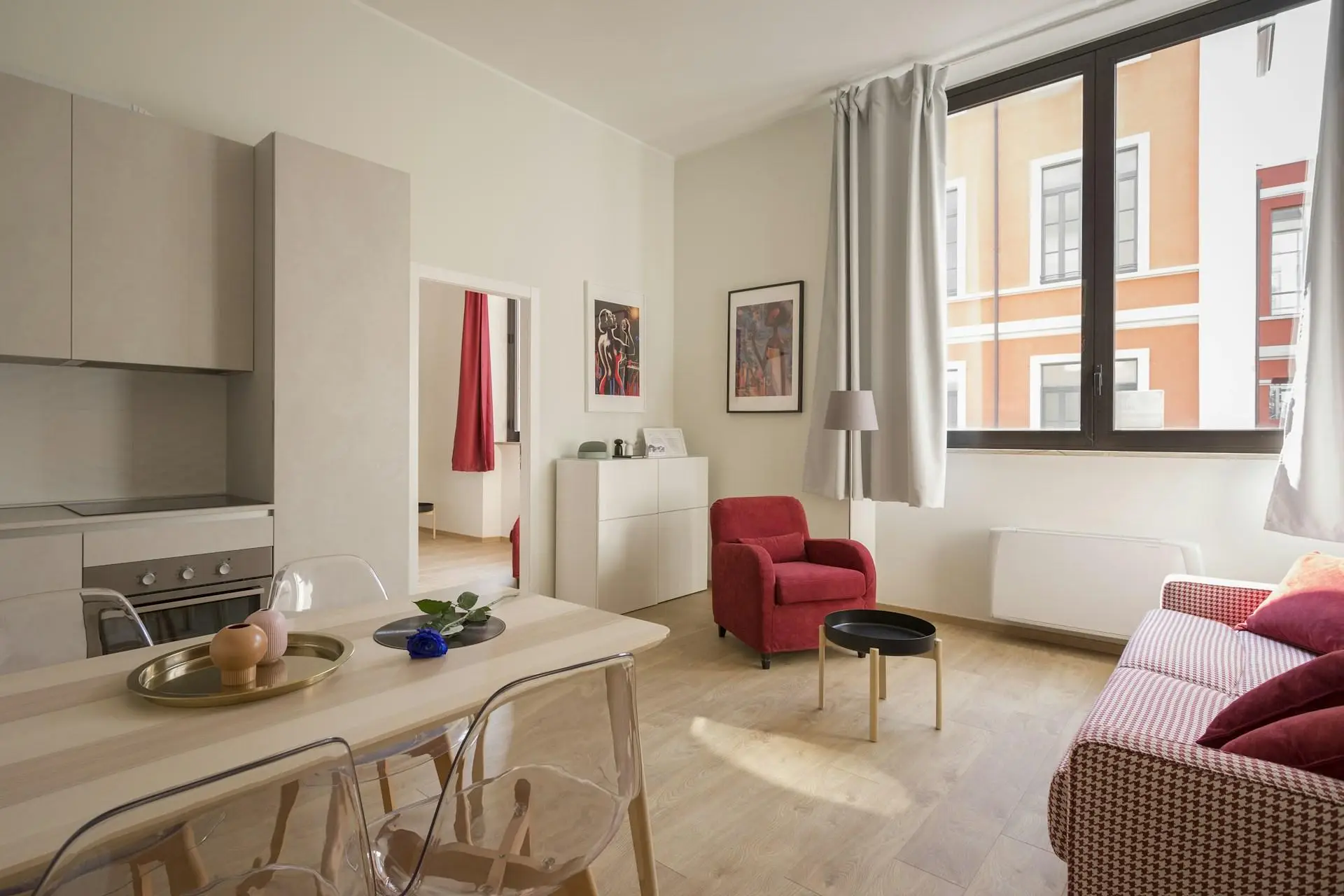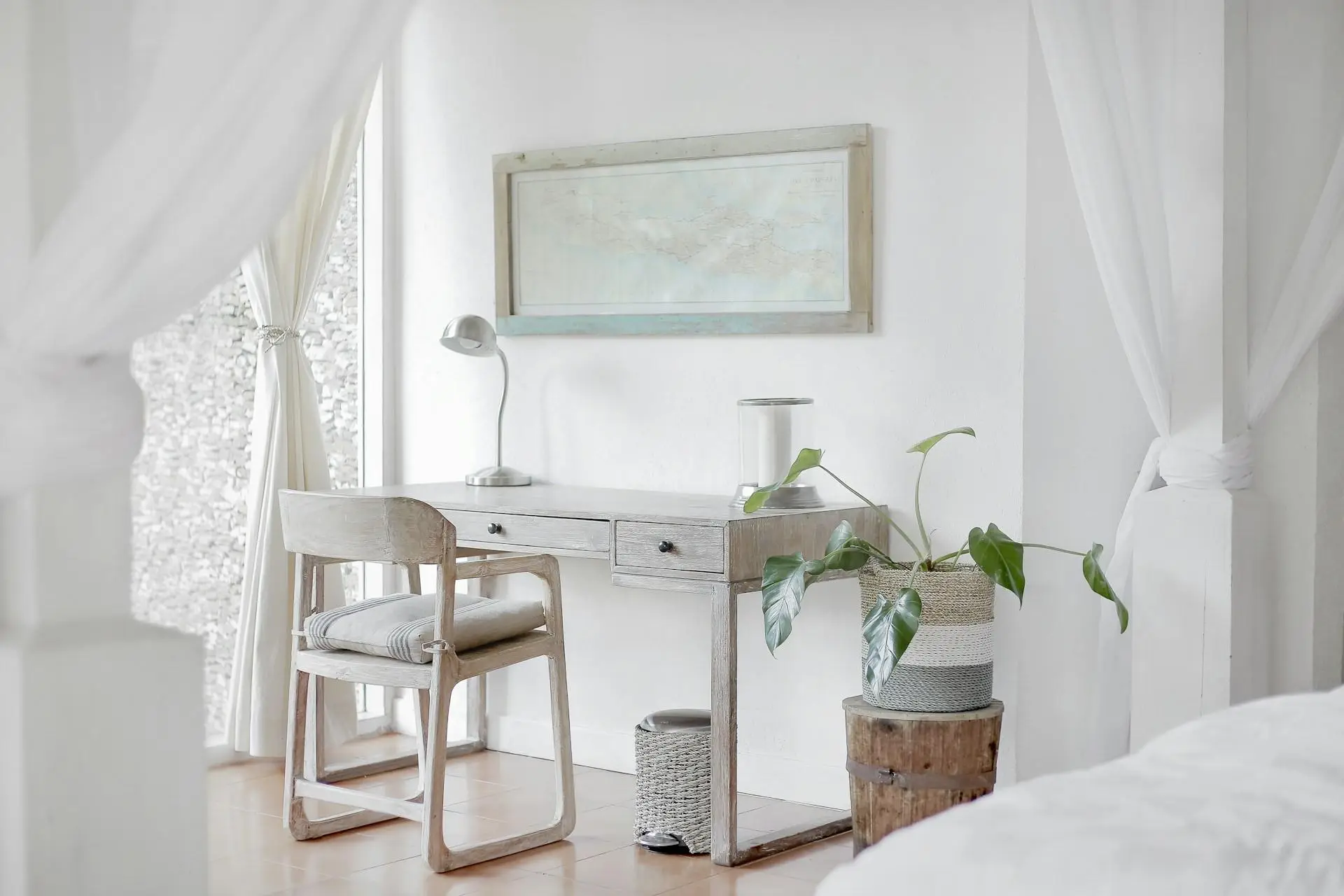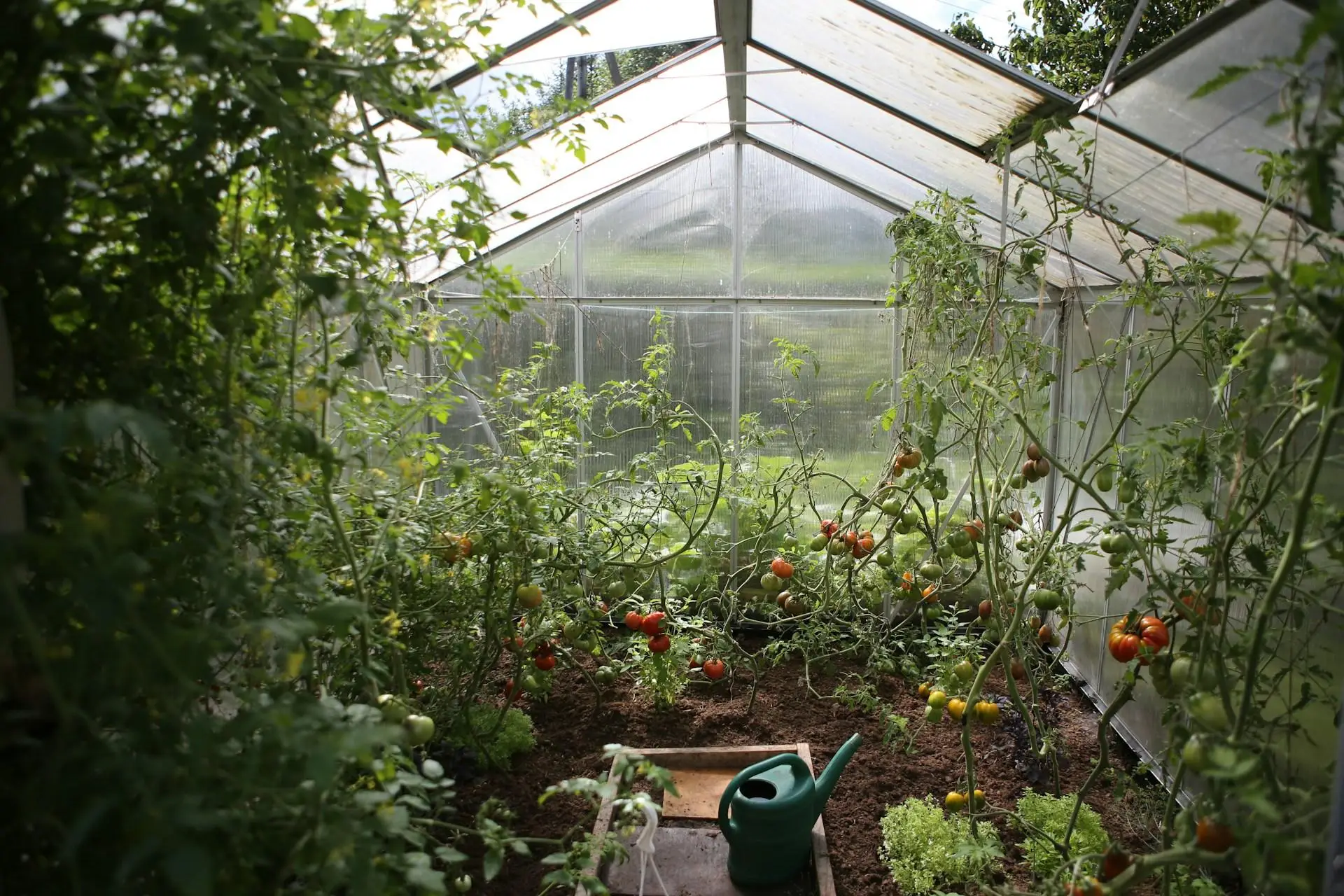Mastering Texture Blending: Elevating Depth in Interior Design
The Essence of Interior Design
Interior design is a multifaceted field that combines art, science, and personal expression to create functional and aesthetically pleasing indoor environments. One of the fundamental elements that significantly impact the overall look and feel of a space is texture. Texture plays a vital role in adding depth and interest to interior spaces, allowing designers to evoke emotions and create inviting atmospheres. In this article, we will explore the art of mixing textures and how it can elevate your interior design.
Understanding Texture in Interior Design
To grasp the importance of texture in interior design, it is essential first to define what it means in this context. Texture refers to the surface quality of materials, whether tactile or visual. There are two primary types of textures relevant to interior spaces:
- Physical Texture: This involves the actual tactile qualities of materials, such as a soft, fluffy cushion, a sleek glass table, or a rough brick wall.
- Visual Texture: While not physically felt, visual texture plays a crucial role in how surfaces are perceived. For example, a patterned wallpaper can create an illusion of texture, adding depth to a flat surface.
Textures influence the mood and atmosphere of a space, contributing significantly to the overall design narrative. The careful layering and mixing of various textures can evoke warmth, sophistication, or even playfulness, depending on the desired effect.
The Benefits of Mixing Textures
Mixing textures not only enhances visual interest but also contributes to a deeper, more dynamic living space. The benefits can be summarized as follows:
Enhancing Visual Interest
- Contrast and Harmony: A thoughtful combination of different textures creates a beautiful balance between contrast and harmony, drawing the eye and providing a visual feast.
- Creating Focal Points: Textures can be strategically used to highlight specific areas in a room, making certain elements stand out while providing a cohesive feel throughout the space.
Adding Depth and Dimension
- Layering Techniques: Layering various textures, such as combining a wool rug with leather furniture and silk cushions, creates a rich, inviting environment that feels three-dimensional.
- Three-Dimensional Effect: By incorporating multiple textures — like glossy, matte, smooth, and rough — an interior can become more engaging and appealing.
Supporting a Cohesive Design Theme
A well-implemented textured design supports a cohesive aesthetic, unifying different styles without appearing disjointed. By weaving together elements of various textures, different styles can coexist harmoniously, reflecting a unique interior design narrative.
Key Principles of Mixing Textures
When it comes to successfully mixing textures in interior design, certain principles should be kept in mind:
-
Balance: Achieving balance is crucial in creating an appealing interior. Balancing rough and smooth textures ensures that no one texture overpowers another. For instance, pairing a rough wood coffee table with a smooth leather sofa can create harmony.
-
Contrast: Utilizing stark contrasts can add drama and excitement to a space. For example, mixing glossy metallic finishes with soft fabrics creates a bold and striking appearance, exemplifying successful contrast in interior design.
-
Layering: Techniques like layering textiles can create a rich texture experience. Simple methods, such as combining a woven throw with plush cushions on a sofa, can enhance the aesthetic in spaces like living rooms and bedrooms.
-
Scale and Proportion: It’s essential to understand the scale of textures in relation to the size of the room. Large-scale textures should complement larger spaces, while finer details can enhance smaller areas without overwhelming them.
Practical Tips for Mixing Textures in Your Space
Implementing texture mixing in home design can be a joyful and creative endeavor. Here are some practical tips:
-
Creating a Texture Palette: Start by selecting a color scheme that complements various textures. This palette will guide texture choices for furniture and decor items.
-
Incorporating Textiles: Think about the fabrics used for curtains, upholstery, cushions, and rugs. Layering these textiles can add richness and comfort to your design.
-
Adding Natural Materials: Integrate elements such as wood, stone, and plants to infuse organic textures into your space. These materials not only add depth but also connect interiors with nature.
-
Implementing Hard and Soft Surfaces: Combining hard materials like metals and glass with textiles allows for varied contrast and invites visual exploration.
Room-by-Room Texture Mixing Ideas
Living Room
In the living room, mix textures by varying seating materials, such as a plush velvet sofa paired with a leather armchair. Use patterned rugs to anchor the space and bring in textured throw pillows and blankets to add comfort.
Bedroom
Transform the bedroom into a cozy sanctuary by layering bedding materials, such as quilted bedspreads with soft cotton sheets. Incorporate textured wall finishes, such as wood paneling or textured wallpaper, to create an inviting backdrop.
Kitchen
In the kitchen, introduce texture through different surfaces like matte-finish cabinetry, polished quartz countertops, and textile elements such as patterned kitchen towels or soft mats near the sink.
Bathroom
Create a spa-like atmosphere in the bathroom by mixing textures like smooth tiles with plush towels and a wooden stool. Incorporating nature-inspired elements, such as stone sinks or plant arrangements, can enhance the organic feel.
Common Mistakes to Avoid
When mixing textures, it is essential to steer clear of common pitfalls:
-
Overloading Spaces with Textures: Too many textures can create a chaotic environment. Aim for a balanced approach where each texture has space to be appreciated.
-
Incoherent Texture Choices: Irrelevant or mismatched texture choices can disrupt the flow of a room. Stick to textures that complement the overall design theme.
-
Neglecting Functionality: While aesthetics are important, consider how textures affect the functionality of a space. Ensure that comfort and practicality are not sacrificed for style.
Crafting Unique Interior Spaces Through Textures
The art of mixing textures is an essential aspect of interior design, enhancing both the appearance and ambiance of spaces. By understanding texture’s role, harnessing its benefits, and implementing practical strategies, each room can be transformed into a unique and personal reflection of style. Embrace the creativity of layering textures, and allow your interior spaces to tell a story through the joys of tactile and visual experiences. Don’t hesitate to experiment; it is through this exploration that truly captivating interiors are born.









